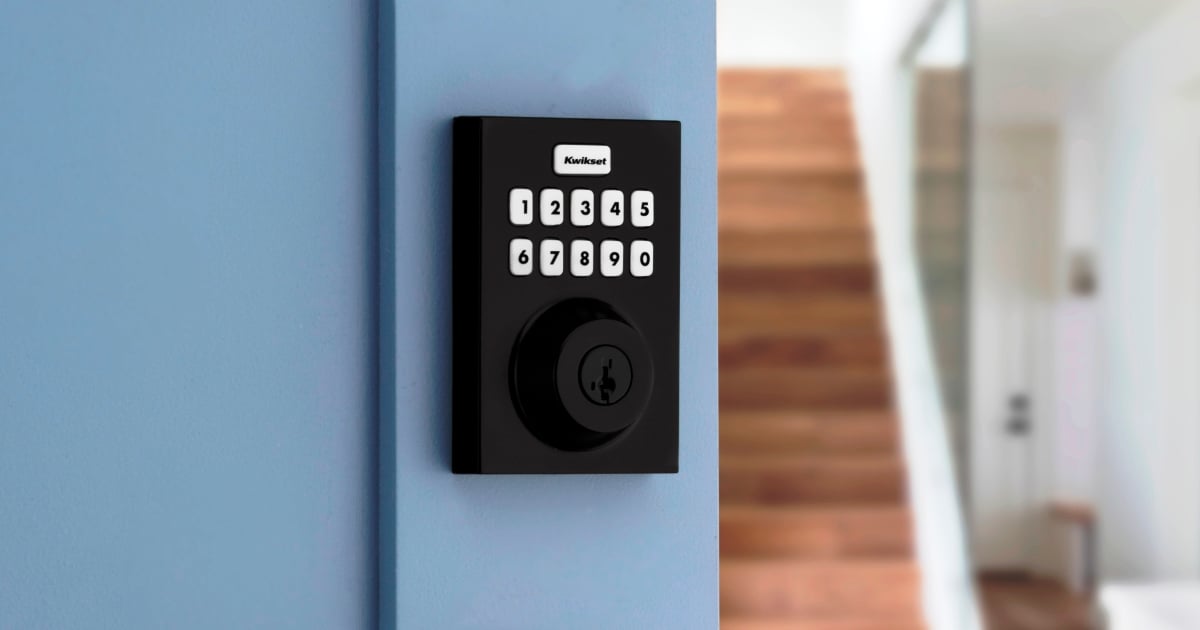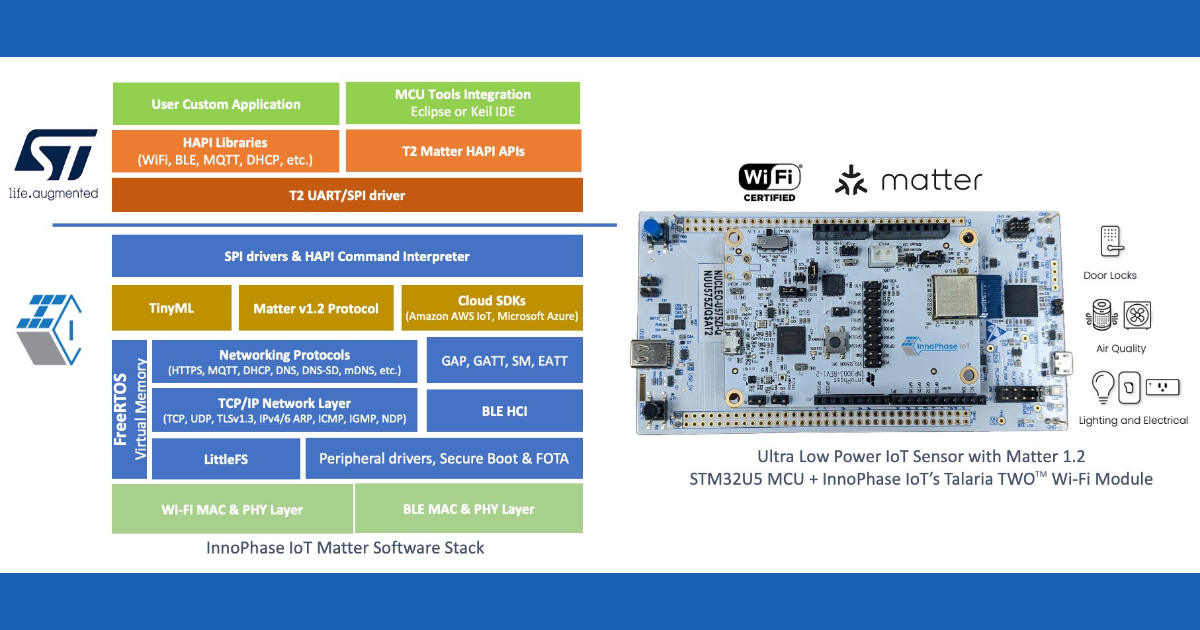
Smart neighborhoods are no longer a thing of the future. Silicon Valley typically leads the way in technological advancements, but in Smart Communities, Alabama and Georgia kickstarted the trend first in 2018. Since then, businesses, governments, and corporations have followed suit with plans to create more in the coming years.
In short, smart neighborhoods are communities that integrate the same smart home technology we already know and love, just into every aspect of the neighborhood. To cut down on energy consumption and waste, communities run on solar panels, natural gas generators, and battery back-up banks. Plus, they make daily household tasks more convenient.
To help you better understand the benefits smart neighborhoods offer, here are three things you should know.
They Use Less Energy
The majority of homes, communities, and cities rely on fossil fuels as the primary energy source. Smart neighborhoods rely on a microgrid system to power its communities.
A microgrid powers each cluster of homes via multiple power sources, including solar panels, batteries, and a natural gas generator). Microgrids still connect to the nearest main power source, but store and recycle energy independent from the source as well.
For instance, microgrids are immune to blackouts because they can temporarily detach from its parent source of energy and run on backup power instead.
Beyond neighborhood-wide energy conservation efforts, each home uses energy-saving technology to go greener as well:
- Solar roof panels
- Energy-efficient appliances (e.g., dishwashers, dryers, washers)
- Charging stations for electric-powered cars in every garage
- Light-sensitive windows (that change from clear to opaque based on the amount of sunlight)
In smart homes, users better keep tabs on their energy consumption. Each smart home offers an online portal which shows users how much energy they’ve used and saved. Usually, an LED screen on the home’s refrigerator displays this dashboard, but homeowners can access the portal through their smartphones as well.
They Change the Meaning of Integration
Smart neighborhoods capitalize on the success of smart home technology to create a more connected future, baking every aspect of smart home technology into each home: remote-controlled locks, indoor and outdoor cameras, and security systems that integrate with every other device in the home.
Instead of smart home technology in only one room or only one home in a cul-de-sac, every home on the same block has smart home capabilities. Lights, ovens, window shades, and dishwashers are all controlled via voice command or a smartphone app.
Users control the temperature of their fridge via a Google Home, or change the settings on their water heater through an app on their phone. Smart homes even feature light-sensitive windows, which transition from clear to opaque as the sun gets brighter throughout the day.
They Work in Tandem with Smart Cities
Smart neighborhoods use the same energy-saving principles smart cities do, sizing the technology down to the neighborhood level. For instance, smart neighborhoods include electric car charging ports in every garage, while smart cities seek to improve their public transportation system at large.
North Carolina, for example, added electric charging stations in its cities and expanded its public transportation services. Austin and Houston, Texas, have partnered with ride-sharing companies, like Uber, to offer free ride services in areas of town where public transportation isn’t accessible.
Smart neighborhoods will follow suit. By 2040, smart neighborhoods will have roads that work better for self-driving vehicles and improved infrastructures.
So Far So Good
Smart neighborhoods are testing long-term solutions for the future, but homebuyers in 2020 are already sold—literally. Alabama’s smart neighborhood sold all sixty-two smart homes within six months of its unveiling.
Home automation, energy-efficient appliances, integrated smart technology systems, and microgrid-powered communities offer homeowners more convenience and control over their energy use.
Since smart neighborhoods are only a couple years into testing, there’s no telling if they’ll be a viable long-term solution as currently imagined. But as they cut down the exploitation of fossil fuel and weave technology into every aspect of a community, they pave the way for a more sustainable 2040, and a more connected and energy-efficient now.
To learn about all sorts of Smart IoT innovations, join us at next year’s IoT Evolution Expo 2021: It’s Time to Grow, taking place in Miami in February. Call for papers now open.
About the author: Brandon Jarman is a technology enthusiast and freelance writer based out of Salt Lake City. When he’s not writing, he enjoys spending time with his family and watching his favorite sports teams. Follow him on Twitter to keep up with his latest work.
Edited by
Ken Briodagh





